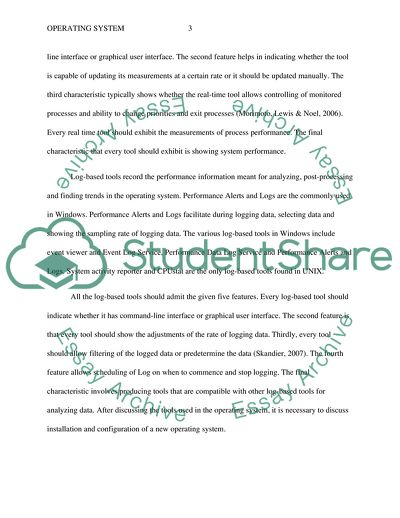Cite this document
(Installation and Configuration of an Operating System Report Example | Topics and Well Written Essays - 1250 words, n.d.)
Installation and Configuration of an Operating System Report Example | Topics and Well Written Essays - 1250 words. https://studentshare.org/information-technology/1878557-operating-system-assessment
Installation and Configuration of an Operating System Report Example | Topics and Well Written Essays - 1250 words. https://studentshare.org/information-technology/1878557-operating-system-assessment
(Installation and Configuration of an Operating System Report Example | Topics and Well Written Essays - 1250 Words)
Installation and Configuration of an Operating System Report Example | Topics and Well Written Essays - 1250 Words. https://studentshare.org/information-technology/1878557-operating-system-assessment.
Installation and Configuration of an Operating System Report Example | Topics and Well Written Essays - 1250 Words. https://studentshare.org/information-technology/1878557-operating-system-assessment.
“Installation and Configuration of an Operating System Report Example | Topics and Well Written Essays - 1250 Words”. https://studentshare.org/information-technology/1878557-operating-system-assessment.


